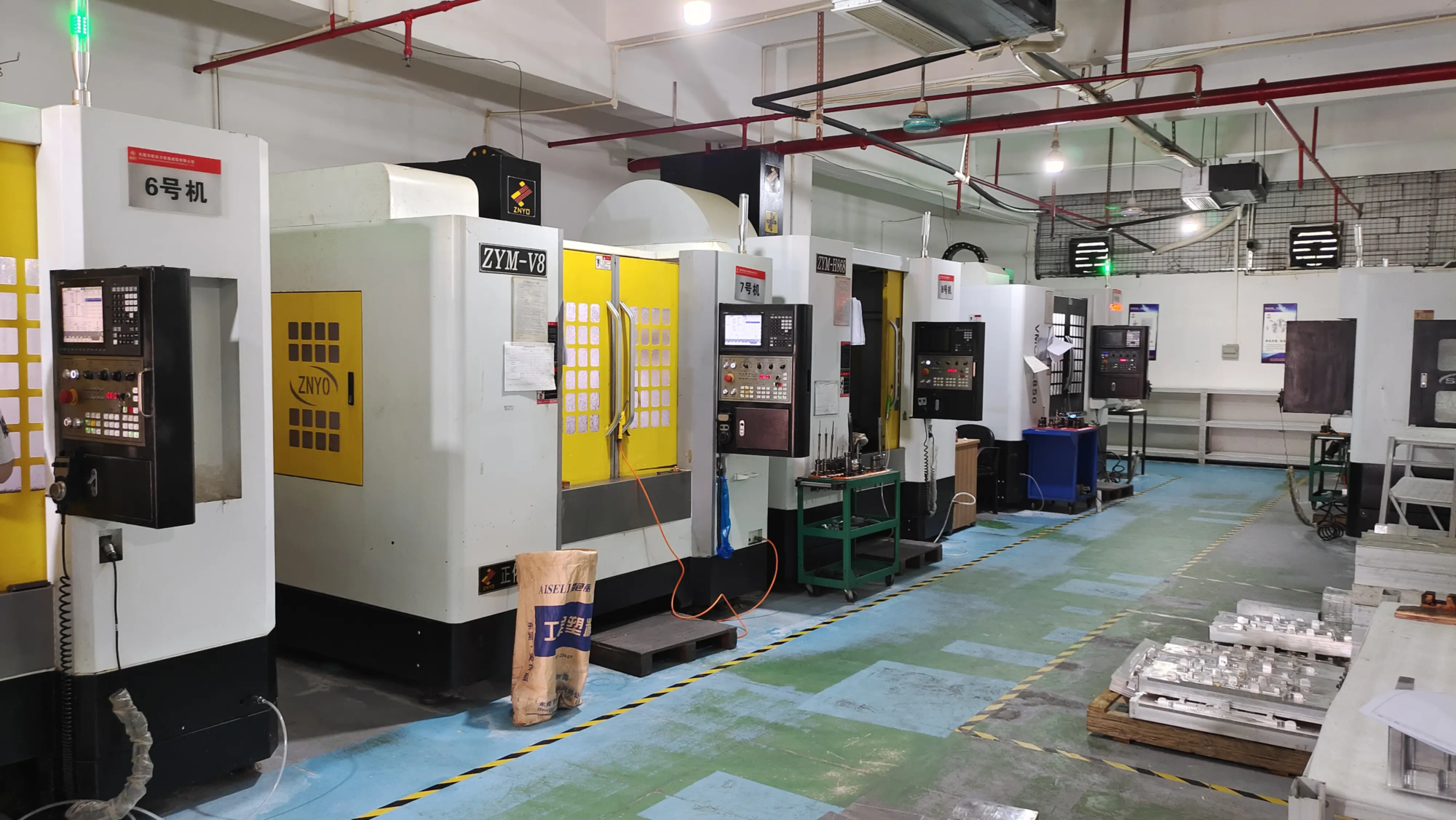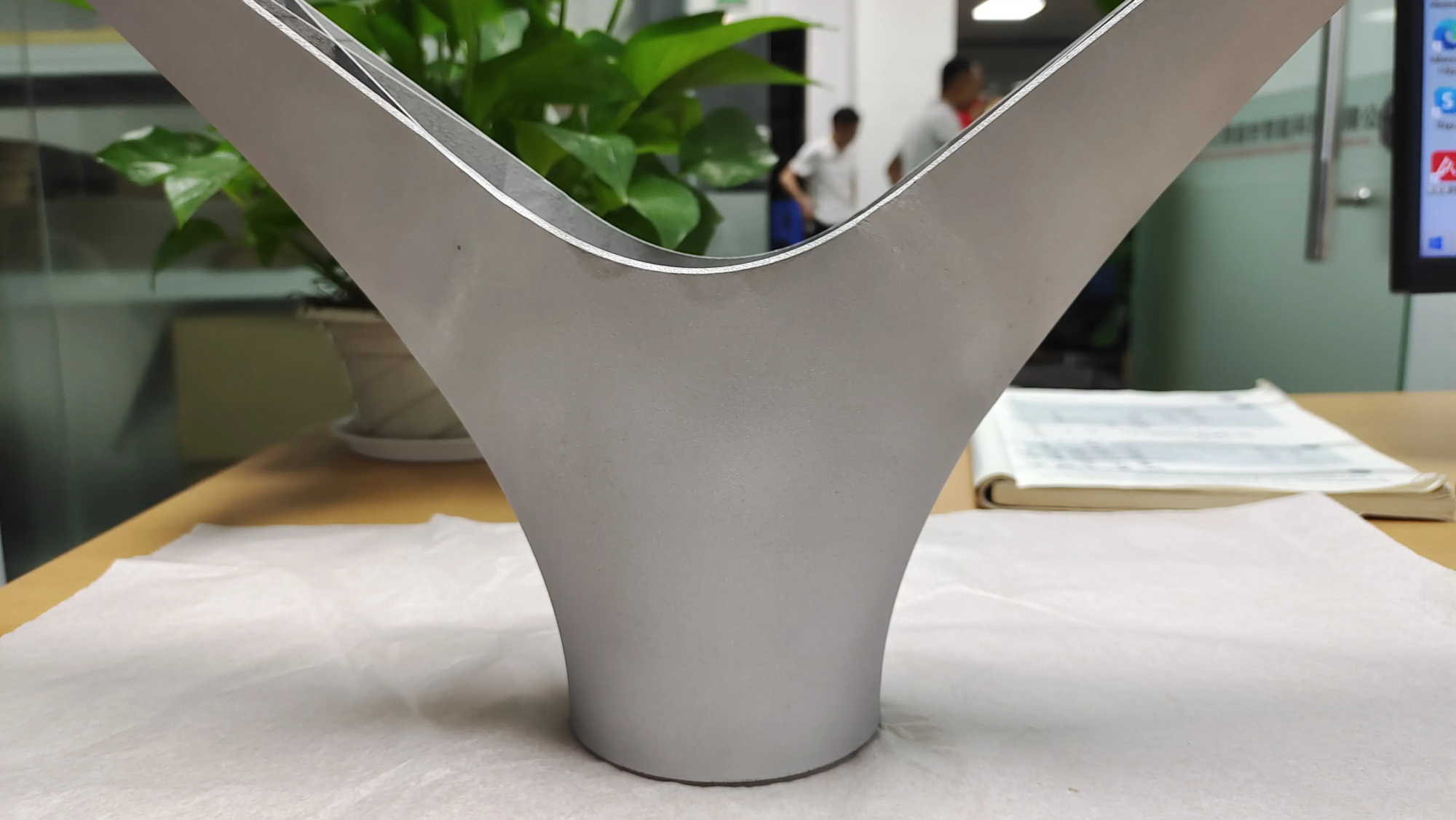Enhanced functionality and feel: Mastering the addition of weight to 3D printed parts
The amazing thing about 3D printing is its ability to create complex shapes quickly and affordably. However, a common challenge is the inherent lightness of many printed plastics – they often lack the weight required for satisfactory or functional applications. Whether you’re designing quality prototypes, balanced drone components, stable mechanical bases or weighted gaming tokens, adding mass is critical. This blog explores practical, innovative and reliable ways to add weight to your 3D prints, balancing performance, cost and aesthetics.
Why add weight?
- Improved features: Critical for counterweights (rotating components, robotic arms, toys), stability (light fixtures, sculptures, enclosures), inertia-based mechanisms, vibration damping and immersion applications.
- Enhanced user experience: The added weight (knobs, controls, handles, case) makes the product feel more premium and sturdier.
- Material simulation: Prototypes that imitate metal parts benefit from ergonomic or physically tested weight characteristics.
Key ways to gain weight
Here’s a comprehensive breakdown of effective techniques:
-
Design integration: built-in cavity
- How it works: Design your model intentionally with specially designed hollow chambers to hold the weighted material. Access to the hole is critical for filling. This is ideal for complex geometries or large parts.
- Fill options and pros/cons:
- Sand/meter: Low cost, non-toxic, easy to source (low density, can settle or move over time).
- Steel shot/lead shot (BB): The density is very high and the weight gain is excellent for a small volume. Avoid lead if skin/food contact is possible. Use epoxy to hold in place.
- Metal powders (iron, copper, tungsten) in epoxy resin: An extremely dense slurry is produced and poured into the mold cavity. Make sure the weight is evenly distributed and firmly bonded.
- Key Tips: Always seal manholes securely with printed plugs bonded with superglue or epoxy.
-
Strategic printing paused due to embedded weights
- How it works: Use your printer "height suspension" or "Filament changes" Features the ability to stop printing at a specific layer. Place pre-made weights (washers, nuts, metal discs/blocks, projectiles) into the grooves. Continue printing to encapsulate weight.
- Advantages/Disadvantages: Excellent structural integration within thicker parts. Requires careful timing, calibration, and compatible weights (clean, room temperature). There is a risk of printing failure after recovery.
-
Double wall and high solids filling
- How it works: Increase internal density without making external changes by using slicer settings.
- Thickening walls: Set 3-5 perimeters instead of the default 2-3.
- *Maximize Fill Density:** Set fill to 80-100% solid.
- Use a denser fill pattern: Gyroids generally perform well, but high-density grids/rectangles can also maximize material.
- Advantages/Disadvantages: The simplest method only requires changing the software. No need to assemble the modules to add a modest amount of weight. Maximize part strength. Increases material costs, print time, and stresses the printer (large, highly filled materials risk warping).
- How it works: Increase internal density without making external changes by using slicer settings.
-
Adhere external weight after printing
- How it works: Use strong adhesive to bond weights (metal plates, washers, fishing weights) directly to the printed part. Design the mounting point to be flush with the recessed weight.
- Advantages/Disadvantages: The height is flexible and adjustable after printing. Good for accessibility. Glued joints may fail under pressure/impact and affect aesthetics. Clean surface thoroughly for best bonding results.
-
The Ultimate Solution: Material Selection and Professional Metal Additive Manufacturing
Sometimes the best way to achieve significant weight is to use materials that are inherently dense. The maximum density of plastic wire is about 1.3-1.4 g/cm3. Metal alloys eclipse this significantly:- Aluminum: ~2.7 g/cc
- Stainless steel: ~7.8 g/cc
- Titanium: ~4.5 g/cc
- Copper: ~8.9 g/cm3
- Tungsten: ~19.3 g/cm3
For truly functional heavy-duty parts that require maximum weight and performance, metal 3D printing is unmatched. This is the place to work with professional services like glow rapid prototyping become crucial.
Why Choose Professional Metal 3D Printing Weighted Parts?
- Material Density and Strength: Achieving densities several orders of magnitude higher than direct plastic. The parts are naturally heavy and Extraordinarily powerful.
- Design integrity: Complex internal weight-reducing mesh structures combined with solid sections produce near-net heavy metal parts not possible with conventional machining.
- Precision and detail: Advanced SLM (Selective Laser Melting) technology enables the construction of metal parts with high dimensional accuracy and intricate detail.
- Comprehensive finishes: Professional services provide complete post-processing (heat treatment, stress relief, CNC machining, surface treatment) for durable, functional and production-ready parts.
- One-stop solution: Streamline your workflow – focus on design and let experts handle material selection, print optimization, quality control and finishing.
exist huge lightwe specialize in high-precision metal prototyping using advanced SLM equipment. We specialize in solving complex rapid prototyping challenges, efficiently delivering custom metal parts with customized weight characteristics. From aerospace parts requiring high inertia to consumer products requiring high weight, our technology and expertise ensure reliable plastic printing.
Conclusion: Balancing the Needs for Optimal Weight Gain
Adding weight to 3D printing can significantly enhance functionality and user perception. The best approach depends entirely on your requirements:
- Fast and medium weight: High wall count and packing density are your friends in the slicer.
- Heavy, complex parts: Design cavities filled with pellets or metal powder epoxy.
- Combined intermediate print weight: If your print design policy allows it, use pauses to embed objects.
- Maximum strength and density, functional end use: Metal 3D printing is an excellent solution. Work with specialist providers e.g. huge light Ensure access to dense materials such as steel or copper alloys, as well as the rigorous post-processing required for reliable, heavy-duty parts.
Don’t compromise on functionality or feel. Understand the weight requirements of your application and explore methods or materials that provide the best performance. For demanding projects that require the inherent weight and durability of metal, GreatLight is your trusted precision metal rapid prototyping partner.
FAQ: Adding Weight to 3D Printing
Q1: What is the safest filling material?
A1: For cavity filling, clean sand or rice are non-toxic options. If using metal shot, choose steel shot over lead shot, especially for items that are handled frequently. Always seal tightly. For structural integration, a clean gasket or a nut with a printed encapsulation in the middle is usually safe.
Q2: How to increase weight without changing appearance?
A2: Internal methods are key: fill cavities, add padding/walls, embed weights in the middle of the print or choose a denser filament material. Metal powder/epoxy filling is particularly effective at maintaining external dimensions while significantly increasing internal mass.
Q3: How to calculate the added weight?
A3:
- Weigh the finished plastic part.
- Measure the volume of the cavity you plan to fill (use CAD or drainage).
- Multiply the cavity volume (in cubic centimeters or milliliters) by the density of the filler (e.g., steel ~7.8 g/cm3, sand ~1.4-1.6 g/cm3). Accuracy is critical – prototype/test!
Q4: Why are metal 3D printed parts heavier than plastic parts?
A4: The density of solid metal alloys is significantly higher than that of plastic polymers (the density of steel is about 6 times that of PLA). Metal additive manufacturing directly exploits this high material density by fusing powders into fully dense (or nearly fully dense) metal structures.
Q5: When should I consider professional metal 3D printing rather than the added weight of plastic printing?
A5: Please choose metal additive manufacturing when you have the following needs:
- Extremely high weight/stiffness: Achievable plastic density + filler exceeds demand.
- Structural performance: Metal parts can withstand higher loads, stresses and temperatures.
- Functional end use/production: Parts must be durable in harsh environments.
- Complexity + Weight: The design called for a lightweight interior mesh and a large number of functional parts.
- Accuracy and material properties: Essential for tooling, load-bearing fixtures or corrosion-resistant applications.
For metal projects that require speed and precision, huge light Providing professional SLM printing and comprehensive post-processing services to meet exacting standards.





